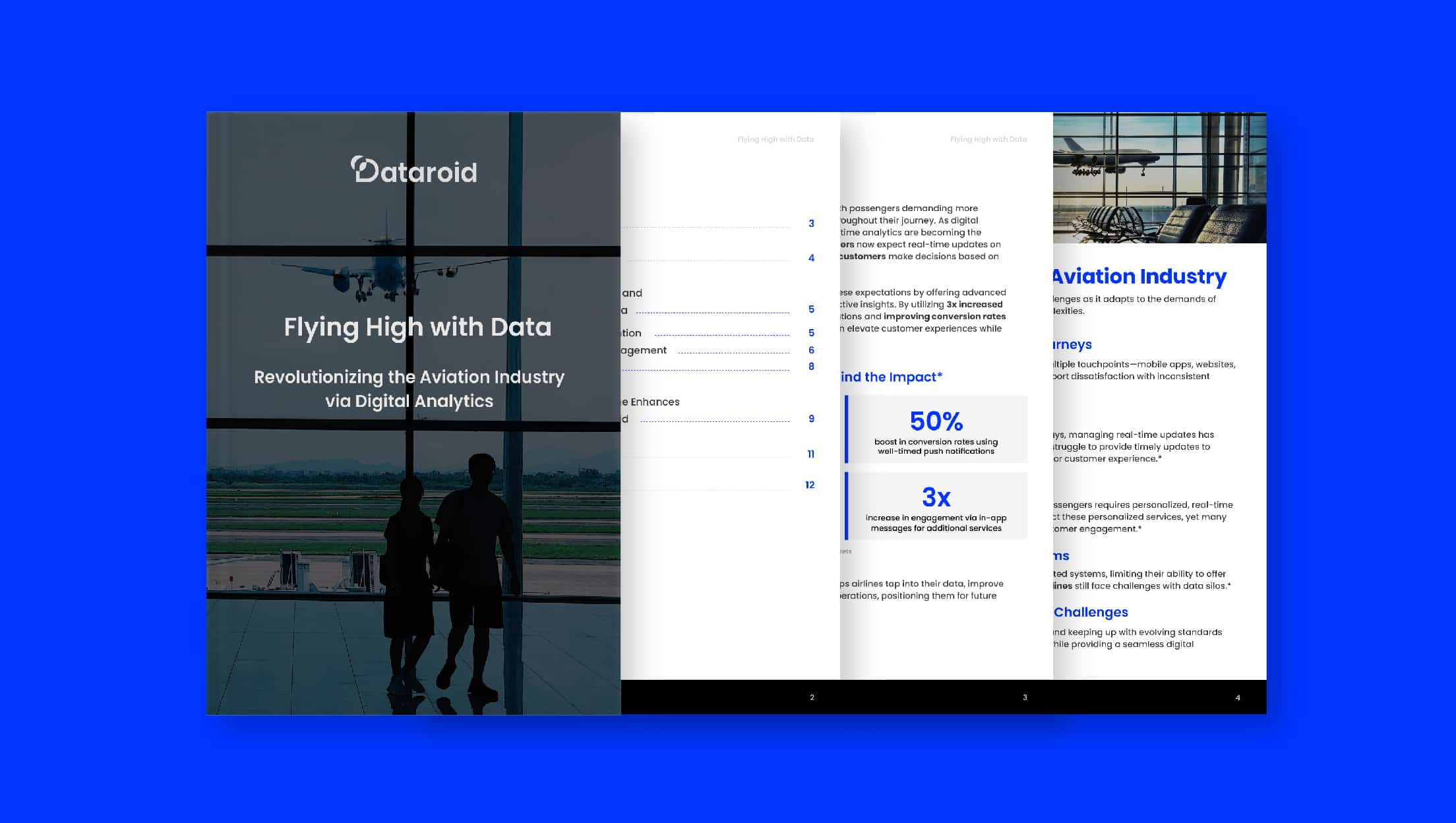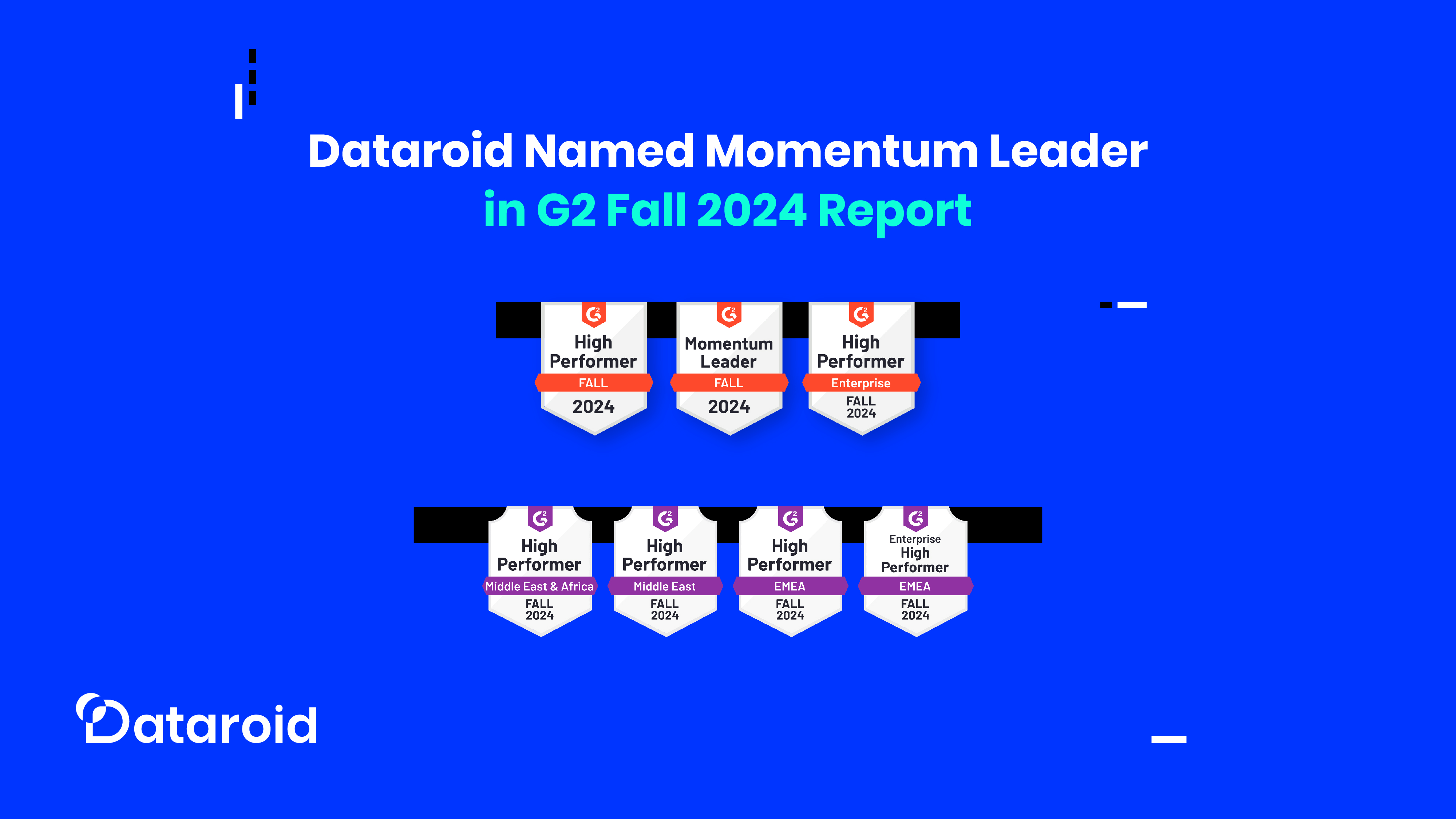Understand How Location-Based Targeting & Geofencing Works
- Reading Time: 6 minutes

Sign up
to drive your business with the power of data
With the burgeoning use of mobile comes a deluge of user location data that can not only provide key insights into offline behaviour, it can be leveraged to great effect as part of a wider marketing strategy. Displaying well-timed messages based on your target customer’s movements within the appropriate time frame can move the prospect along to the next phase of the buyer journey.
The growth of location-based marketing

While its ubiquity is undeniable, location-based targeting isn’t right for every business, and there are different approaches in how it can be used. This means a little nuance is required in understanding its strengths, limitations, and what it can offer as part of a digital marketing campaign.
How (and where) location-based marketing works
Though it seems obvious, it’s worth pointing out from the off that brands with physical locations benefit most form location-based targeting. Marketers can create audiences based on visits, and shape a campaign to display content at the right time to the right people, often while they’re in the right place!
Location-based techniques can be split into four subgroups, with each using customers’ current and historical location data in different ways to work towards different goals.
Geofencing
Ads or content are displayed to consumers based on real-time location. When the user shares their location with an app and is within the ‘geofenced’ area, the app will send a push notification, SMS, or display a location-specific ad. This approach uses live location data and can be used to promote at a specific location, an event, or at a location in which consumers are likely to be interested in a brand’s products or services.
Geotargeting
This approach uses historical user location data to paint a picture of offline preferences, and display ads to relevant customers at the right time. Time horizons will vary depending on the nature of the product or service.
Geoconquesting
This approach uses live and historical location data to ascertain when customers are visiting competitors, then serve content designed to entice them over to your brand.
Proximity marketing
This approach leverages the growing network of beacons and NFC points to serve up content when a user is in proximity to a specific location. In fact, it’s pretty much hyper-specific geofencing.
Here, we’re going to talk about perhaps the most exciting and most relevant to mobile applications form of location-based marketing.
What is Geofencing?
Geofencing is where ads or content displayed to consumers based on real-time location. When the user shares their location with an app and is within the ‘geofenced’ area, the app will send a push notification, SMS, or display a location-specific ad. This approach uses live location data and can be used to promote at a specific location, an event, or at a location in which consumers are likely to be interested in a brand’s products or services.
Why Geofencing?
In short, Geofencing can do amazing things for marketers. Click-through rates with ads that use geofencing are known to be significantly higher than that of regular mobile ads. 92% of smartphones are compatible with geofencing, meaning that you can reach just about any target audience in the world. This is of course on top of the fact that people today spend just about every waking second actually using their phones, so consumers are accessible to you through their phones in a way that’s never been true before.
And given that people are already on their phones, and given that we know that people prefer a personalized ad experience much more than anything else, geofencing is the perfect tool for the modern marketing age. Research shows that it really does get results. The Location Based Marketing Association (LBMA)’s Global Locations Trends Report suggests that around 75% of consumers act after they receive a message upon approaching a specific location. And when it comes to actively inviting consumers into your store, Harris Interactive found that 53% of shoppers went on and visited a retailer after they were sent a location-based message.
Ways in which geofencing can be used
There are a number of ways that geofencing can be used for your marketing campaign, but here are a few of the most common:
1.Standard marketing
Uber is a great example of a company which has exploded onto the global scene, in large part using geofencing. Uber and other car share apps using geofencing both for whenever you enter into a new city to let you know that you’ve arrived and that a “cab” is a click of a button away, and also to determine optimal pickup and dropoff zones so that traffic remains unaffected and the entire ride experience is optimized.
2. Audience engagement
Similar to the above, concerts, festivals, sporting events, and more are great places to engage the masses of thronging people using geofencing. These events can either utilize social media as referenced above, or send out notifications regarding the event.
3. Social Media
Many social media networking apps – with Snapchat probably the leader in geofencing – offer location-based filters, stickers, and loads upon loads of shareable content that can be done using geofencing technology. This means that these apps feature promoted filters at large public events, or custom filters for local events like a wedding or a birthday party. They can then be uploaded to public, location-based stories all within the virtual parameters defined within the app’s geofence.
4. A smart home
Homes and home appliances are getting “smarter” and smarter. Geofencing can enable you to turn on you’re A/C or heating as you approach your home. Or even smart ovens mean you can put the turkey in the oven in the morning, and it’ll start to cook automatically once you leave your office so it’s fresh and ready to eat as you walk in the door! Or set reminders so that you get a notification from your fridge that you’re out of milk whenever you pass the grocery store, or a million other uses to increase convenience.
5. Human resources
Geofencing means you can easily put an end to the days of “clocking in and clocking out” with a physical time card. A geofence around an office or workspace means employees can simply be tracked when they’re at the office with the same precision of a timestamp, but so much easier.
Key Takeaways
As the world uses smartphones more and more, they can be seen as literally attached to the consumer themselves, and therefore the prime driver of targeted advertising. Using social media, standard marketing, audience engagement strategies, and other tools, geofencing allows you to reach your consumer in a number of ways and make their lives both easier as well as giving them unprecedented access to your product. Perhaps this is why geofencing is projected to grow by 27% in the next few years according to a Markets and Markets report. The potential of location-based targeting is huge for brands and digital marketers alike, but making the most of geo-location data requires expertise and experience. Why not see how Dataroid’s geofencing can help you get the most out of this essential digital marketing strategy?
Drive your digital growth
Schedule a demo today to learn more on how we can help you unleash the potential of digital using Dataroid.



